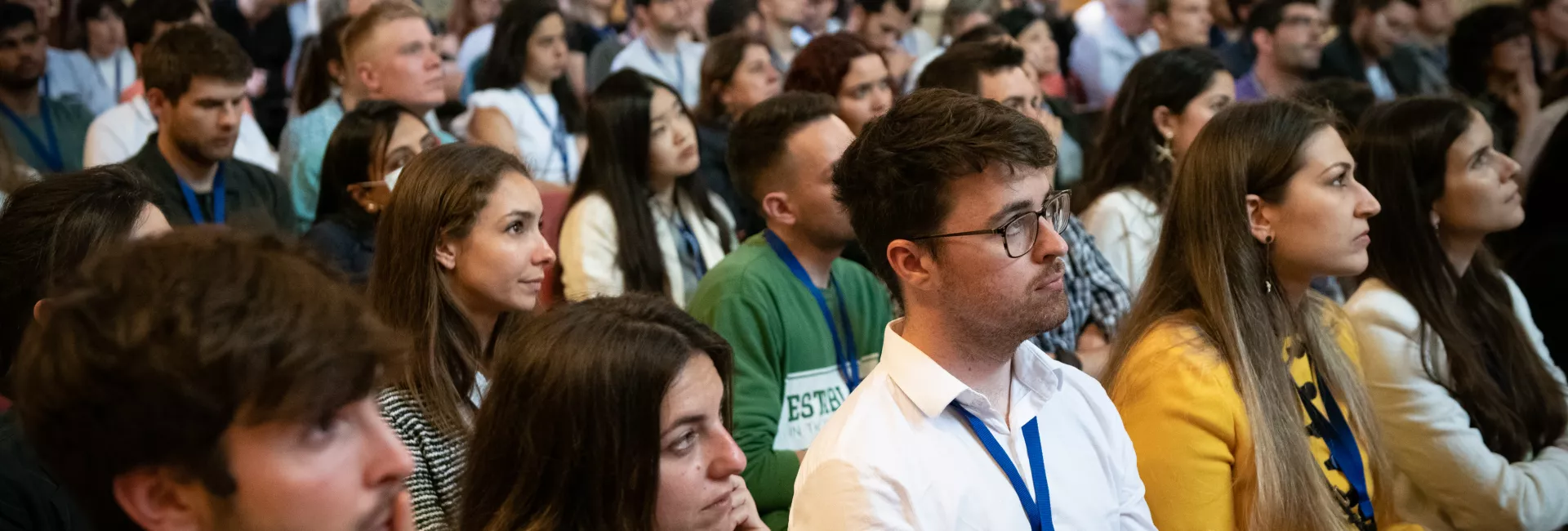Speaker: Amaia Lujambio, Ph.D. Icahn School of Medicine at Mount Sinai. New York. USA
Presentation
Organizers: IRB Barcelona
Date: Monday 9 September, 12.00h
Place: Felix Serratosa Hall, Parc Cientific de Barcelona
Host: Salvador Aznar, PhD - IRB Barcelona
Abstract
Hepatocellular carcinoma (HCC) represents a major health problem, causing more than 700,000 deaths annually. Although HCC treatment has greatly improved over the last decades, HCC patients diagnosed at advanced stages are ineligible for curative ablative therapies such as liver resection or transplantation. Several multikinase inhibitors, such as sorafenib, regorafenib, and lenvatinib, are approved for the treatment of advanced HCC patients but provide limited survival benefits. Recently, nivolumab and pembrolizumab, two PD1 (programmed cell death 1) inmune chechpoint inhibitors, were approved for second line HCC treatment after showing unprecedented results in phase II clinical trials. However, not all patients are sensitive. It is therefore clear that there is an urgent need to identify novel therapies that are more effective and biomarkers for optimal patient selection.
To this end, we have created a series of novel mouse models of HCC, each model recapitulating genetic alterations that are frequent in HCC patients. The model is based on the hydrodynamic tail vein delivery of genetic elements to overexpress oncogenes (with transposon based vectors) and delete tumor suppressor genes (with CRISPR based vectors). We have established cell lines from each model (13 in total) and are now performing drug and CRISPR screens to identify novel drug targets that are specific for each model. In addition, we have modified the hydrodynamic strategy to interrogate how genetic alterations relevant to human disease affect immune surveillance and response to immunotherapies. in this case, we modulate the immunogenicity of the liver tumors by also expressing model antigens. With this model, we have shown that beta catenin activation is a novel mechanism of immune escape and immune resistance in HCC. We are currently using this platform to identify additional mechanisms of immune escape in HCC and define novel biomarkers for patient selection.
Extraordinary Seminar

